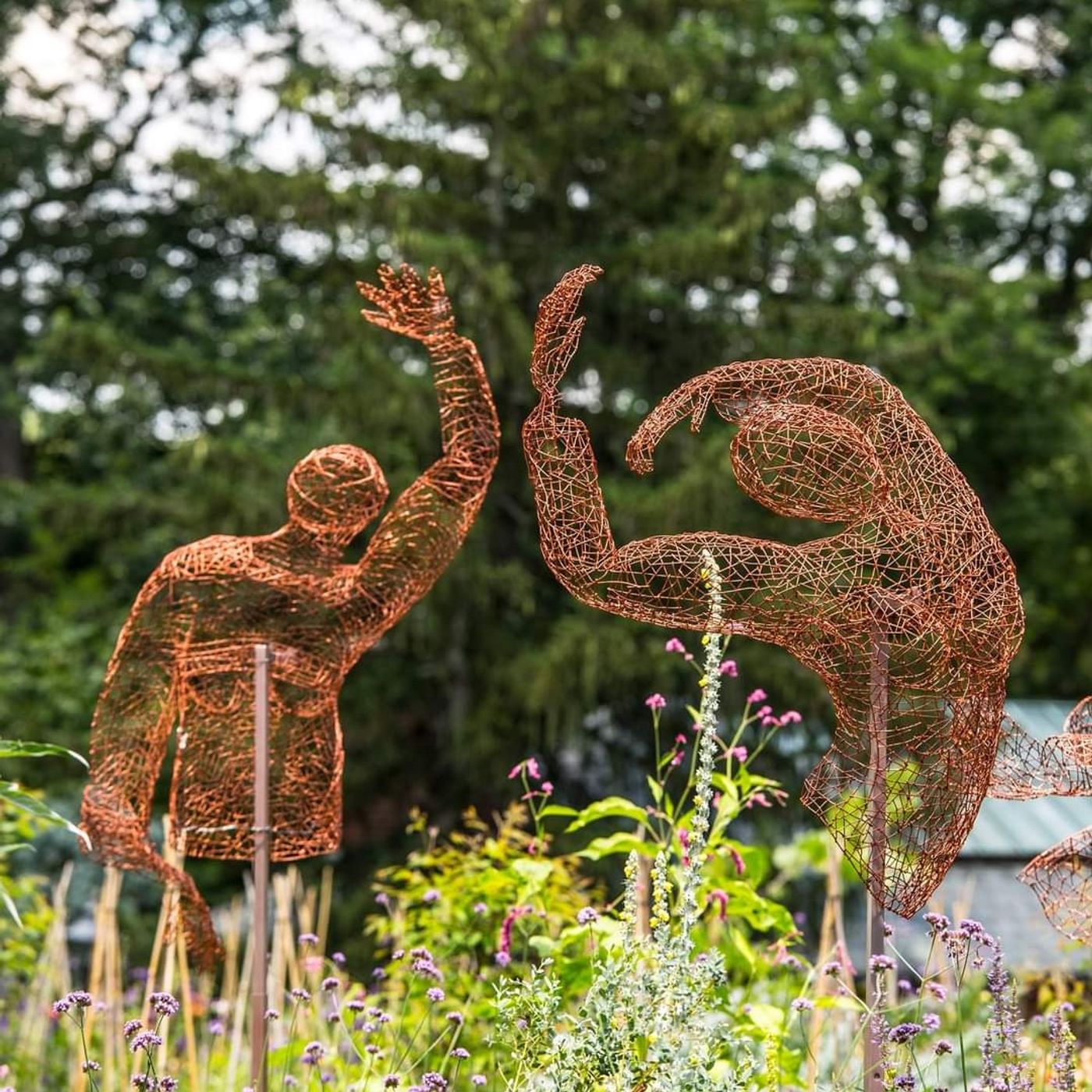Sign up for the Black Women Stitch quarterly newsletter!
Check out our merch here
Leave a BACKSTITCH message and tell us about your favorite episode.
Join the Black Women Stitch Patreon
Dubsado helps me organize the podcast. Try it for 20% off.
Amina Coleman
Amina Coleman was born and raised in the East End of Richmond, Virginia, and found her interest in the arts by observing the creative talents of her family. Her family is full of musicians, singers, and dancers, so she was heavily encouraged to continue pursuing her dreams in fine art from a young age.
Their support, combined with her dedication and tenacity, allowed her to graduate from Henrico High School’s Center for the Arts Visual Arts Program in 2019 with massive artistic accolades, including a national medal from Scholastic’s Art & Writing Program, a wonderful experience at Radford University’s Governor's School for the Visual and Performing Arts, and multiple exhibitions.
She is en route to finishing her BFA in Painting and Printmaking with a Minor in Art History from Virginia Commonwealth University in December of 2022. She will continue to thrive and receive more acknowledgment of my dedication and success through multiple awards, including The Black History In the Making Award and ongoing Dean’s List recognition.
Lisa Woolfork
Lisa Woolfork is an associate professor of English specializing in African American literature and culture. Her teaching and research explore Black women writers, Black identity, trauma theory, and American slavery. She is the founder of Black Women Stitch, the sewing group where Black lives matter. She is also the host/producer of Stitch Please, a weekly audio podcast that centers on Black women, girls, and femmes in sewing. In the summer of 2017, she actively resisted the white supremacist marches in her community, Charlottesville, Virginia. The city became a symbol of lethal resurging white supremacist violence. She remains active in a variety of university and community initiatives, including the Community Engaged Scholars program. She believes in the power of creative liberation.
Insights from this episode:
- Amina’s sewing background
- Amina’s big chop
- Finding herself through her art
- How attending an arts high school prepared her for art college
- Insights into arts
- Amina’s project (weave(ings))
- What was her inspiration for her new project
- The inspiration behind her artwork
Quotes from the show:
- “I watched, and she kinda tried teaching me, but I got frustrated. And I more or less picked up on the technique on my own, just sitting and reading and trying out” —Amina Coleman in “Stitch Please”
- “Black women’s hair has become politically loaded because of the ways in which it can so adversely impact our lives” —Lisa Woolfork in “Stitch Please”
- “I didn’t realize I was holding myself back from successful ideas or cool, weird ideas by just not allowing myself to repeat something. There are artists whose whole practice is doing one thing for their whole life” —Amina Coleman in “Stitch Please”
- “Sometimes art is never “done.” Art is not a product, it is a practice” —Lisa Woolfork in “Stitch Please”
- “It seems too that art is all about opening. Opening people up to new ideas, opening itself up to challenge and revision and re-writing” —Lisa Woolfork in “Stitch Please”
- “I feel my art is always been like a reaction to a lot of outside things and me trying to make something else for myself, something oppositional” —Amina Coleman in “Stitch Please”
Stay Connected:
Lisa Woolfork
Instagram: Lisa Woolfork
Twitter: Lisa Woolfork
Amina Coleman
Website: Amina Coleman
Instagram: Amina Coleman
Facebook: Amina Coleman
This episode was produced and managed by Podcast Laundry.
Sign up for the Black Women Stitch quarterly newsletter
Check out our merch here
Leave a BACKSTITCH message and tell us about your favorite episode.
Join the Black Women Stitch Patreon
Check out our Amazon Store
Stay Connected:
YouTube: Black Women Stitch
Instagram: Black Women Stitch
Facebook: Stitch Please Podcast



